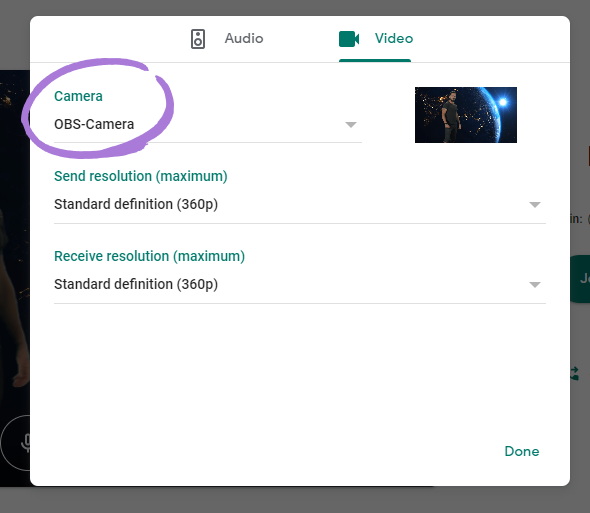- Skype Command Line Switches For Macos Catalina
- Skype Command Line Switches For Macos Update
- Skype Command Line Switches For Macos X
- Skype Command Line Switches
Hello LeroyWarnt. Please be informed that the command line will no longer work using the New Skype and there are no available command line(s) yet. The reason behind this is because we transferred from peer to peer to cloud infrastructure wherein the old commands has no use. Here’s how it works. Then, start a second instance of Skype using the “/secondary” command line switch. Click this link to see how to create a secondary instance of Skype. You might want to create Skype accounts particularly for this application since the names and accounts can get confusing.
-->This article describes the consistent set of command-line switches that Microsoft is adopting for deploying packages that contain software updates.
Use the sandbox built into Mac OS X (experienced users only) The process was sucessfully tested with Mac OS X 10.7 (Lion), it should work with 10.6 (Snow Leopard) as well. Putting a program into a sandbox enables the user to control the program's access to system resources. In this case only UDP-network access will be blocked for Skype. I have an MSI package that need to be installed company wide. I also have command line switches that i need to specify so that it installs silently plus some other things. The problem i'm facing now is after i created a 'Software Package' in GPO, it doesn't provide for a way to specify the switches. I was expecting it would be like in task.
Original product version: Windows 10 – all editions
Original KB number: 824687
Summary
Microsoft is adopting a consistent set of command-line switches that you can use to deploy packages that contain software updates, such as security updates, critical updates, and hotfixes. This article describes these new command-line switches and their behaviors.
Note

Packages that support these new command-line switches also support earlier command-line switches for backwards compatibility. However, usage of the earlier switches should be discontinued as this support may be removed in future software updates.
For additional information about command-line switches that are used by Windows software update packages, click the following article number to view the article in the Microsoft Knowledge Base:
262841 Command-line switches for Windows software update packages
For additional information about command-line switches used by Windows Installer, visit the following Microsoft Web site:
For additional information about the standard terminology that Microsoft is adopting to describe software updates, click the following article number to view the article in the Microsoft Knowledge Base:
Skype Command Line Switches For Macos Catalina
More information
Skype Command Line Switches For Macos Update
Microsoft is adopting the following command-line switches for software update packages:
Skype Command Line Switches For Macos X

Skype Command Line Switches
/help; /h; /? - Displays a dialog box that shows the correct usage of the Setup command, including a list of all its command-line switches and their behaviors. You can display this help information in the command-line interface (CLI) or the graphical user interface (GUI). If you use any command-line switch incorrectly, this help switch is invoked and the correct usage is displayed. The dialog box also provides references to more online information.
/quiet - Runs the Setup program or the removal program in 'quiet' mode. The program doesn't prompt the user with any messages. The program enters all messages in a log file. By default, the program restarts the computer with no prompt or warning if the process requires a restart for the changes to take effect. To change the default restart behavior, use a different restart mode.
/passive - Runs the Setup program or the removal program in 'passive' mode. The program doesn't prompt the user with any error messages. The user sees a progress bar that indicates that the installation or the removal is occurring. The user can't cancel the installation or the removal. By default, the program invokes the /warnrestart switch. If the program is installing multiple updates, the progress bar indicates the progress of the installation or the removal for each update.
/norestart - Doesn't restart the computer after the installation or the removal, even if the process requires a restart for the changes to take effect.
/forcerestart - Restarts the computer after the installation or the removal, even if the process doesn't require a restart for the changes to take effect. Restarting forces programs that are running to close.
/warnrestart[:x ] - Invokes a dialog box that warns the user that a restart will occur in x seconds (in 30 seconds if no value is specified). For example, to warn that a restart will occur in 60 seconds, type /warnrestart:60. The dialog box contains a Cancel button and a Restart Now button. If the user clicks Cancel, the computer isn't restarted.
/promptrestart - Prompts the user that the computer must be restarted for the changes to take effect. The user can select whether to restart the computer.
/uninstall - Removes the package.
/log - Enables the user to define the path for the local log file. This switch invokes the default logging behavior.
/extract - Enables you to extract the installation files to a specified folder.
